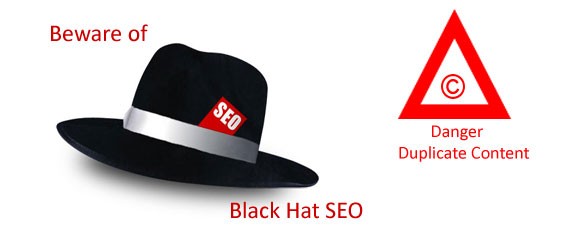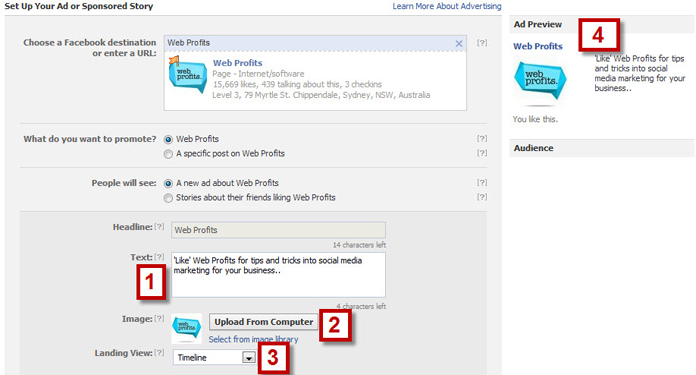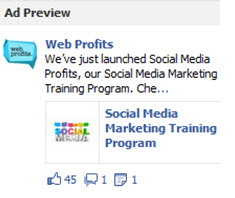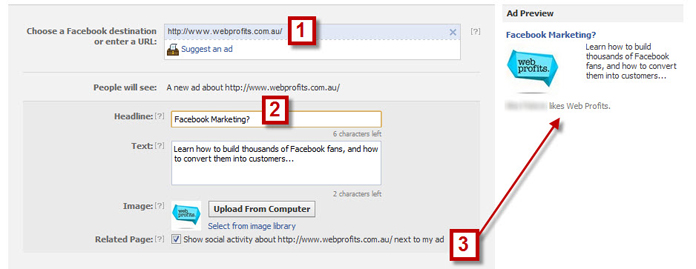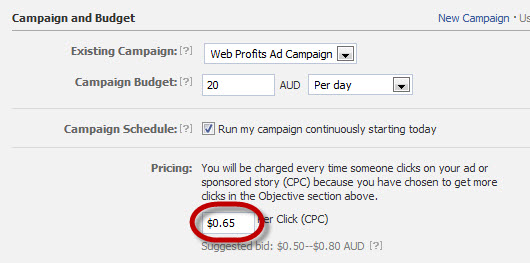There are many ways to make money from home, unfortunately a lot of them still require you to leave the house for various things, but here are a few ways you can make money without needing to leave the house at all.
1. Freelance writing
It can take a while to build up regular work. If you can write good articles, or articles for a specific niche, do it and send them into the relevant magazines, e-zines, newspapers and things. You can contact them first to see if they are open to the idea, but most will not commit without an actual article or two.
It can take a while to build up regular work. If you can write good articles, or articles for a specific niche, do it and send them into the relevant magazines, e-zines, newspapers and things. You can contact them first to see if they are open to the idea, but most will not commit without an actual article or two.
2. YouTube
There are quite a few people now making money through YouTube. You can do it by posting videos about popular topics, promoting them so they become popular, and then applying for the YouTube partner program. Through this program you earn money on the ads that pop up on the videos. Some people also earn money by presenting reviews for products in a video format on YouTube instead of just a written review.
There are quite a few people now making money through YouTube. You can do it by posting videos about popular topics, promoting them so they become popular, and then applying for the YouTube partner program. Through this program you earn money on the ads that pop up on the videos. Some people also earn money by presenting reviews for products in a video format on YouTube instead of just a written review.
3. Website/blog design
If you have a good understanding of HTML and design or you learn quickly, you could design blog templates, backgrounds, headers, buttons and things. They are relatively easy to develop and install once you know how. There are many tutorials you can look up to teach yourself and you could offer cheap rates to get your portfolio started. Since blogging is becoming much more popular, there is a constant demand for this sort of work.
If you have a good understanding of HTML and design or you learn quickly, you could design blog templates, backgrounds, headers, buttons and things. They are relatively easy to develop and install once you know how. There are many tutorials you can look up to teach yourself and you could offer cheap rates to get your portfolio started. Since blogging is becoming much more popular, there is a constant demand for this sort of work.
4. Drop shipping
This is done by quite a few people, on eBay in particular. Basically, you (the retailer) do not keep stock on hand. You take the orders then send them to your supplier/the warehouse/manufacturer and they send the package from their end. So all you are doing is processing orders and you make the money off the products you are selling. If set up well this should not require a lot of work but can earn a fair bit.
This is done by quite a few people, on eBay in particular. Basically, you (the retailer) do not keep stock on hand. You take the orders then send them to your supplier/the warehouse/manufacturer and they send the package from their end. So all you are doing is processing orders and you make the money off the products you are selling. If set up well this should not require a lot of work but can earn a fair bit.
5. Family Day Care
This takes time to set up and there are regulations as to how many children you can have in your care and how your home is set up so it is classed as safe for children. You will need to check the requirements and regulations that apply to where you live. Currently (in Australia) you can start without qualifications but the regulations are changing and in the near future you will need to study for a certificate in childcare.
This takes time to set up and there are regulations as to how many children you can have in your care and how your home is set up so it is classed as safe for children. You will need to check the requirements and regulations that apply to where you live. Currently (in Australia) you can start without qualifications but the regulations are changing and in the near future you will need to study for a certificate in childcare.
6. Ironing
You can do ironing in front of the TV at night or when the kids are having a nap. You will need a good iron, ironing board, some hangers and spray starch. Get clients to drop their ironing off and pick it up at agreed times. Advertise on Facebook, email friends and family, or put a sign up at your local shops.
You can do ironing in front of the TV at night or when the kids are having a nap. You will need a good iron, ironing board, some hangers and spray starch. Get clients to drop their ironing off and pick it up at agreed times. Advertise on Facebook, email friends and family, or put a sign up at your local shops.
7. Mending
If you can sew you can do mending from your home. Clients come to you with their mending, you do it and they pick it up later. You don’t need much to set up if you already have a sewing machine.
If you can sew you can do mending from your home. Clients come to you with their mending, you do it and they pick it up later. You don’t need much to set up if you already have a sewing machine.
8. Boarders
Getting a boarder or exchange student is one way to make money from home as long as you are comfortable with it. I have a few tips on my blog to consider when looking into it. It is often not as easy as just putting the first person who comes along into the room. Depending where you live it can be well worth it though.
Getting a boarder or exchange student is one way to make money from home as long as you are comfortable with it. I have a few tips on my blog to consider when looking into it. It is often not as easy as just putting the first person who comes along into the room. Depending where you live it can be well worth it though.
9. Enter competitions
There are competitions you can enter everywhere – on blogs, Facebook, Twitter, magazine sites, even competition clubs. The ones which ask you to write in 25 words or less why you xyz often have less entrants than others so they can be the most rewarding. There are whole groups and pages on various social networking sites dedicated to sharing current competitions. All you have to do is sign up and enter.
There are competitions you can enter everywhere – on blogs, Facebook, Twitter, magazine sites, even competition clubs. The ones which ask you to write in 25 words or less why you xyz often have less entrants than others so they can be the most rewarding. There are whole groups and pages on various social networking sites dedicated to sharing current competitions. All you have to do is sign up and enter.
10. Submit tips to magazines
Magazines such as Take 5 and That’s Life offer cash for hints, tips, photo’s and articles about your life. Whilst it is not a regular income and there is no guarantee of money at all, it can be a great way to earn bonus money.
Magazines such as Take 5 and That’s Life offer cash for hints, tips, photo’s and articles about your life. Whilst it is not a regular income and there is no guarantee of money at all, it can be a great way to earn bonus money.
11. Make and sell… soaps, candles, lotions, cards, etc.
If you are crafty, you can order your products online and have them sent to you, make whatever you like and then sell the finished product online through your own site, eBay, Etsy or other similar sites. You can have couriers pick up the stock to deliver instead of using Australia Post if leaving the house really is a problem.
If you are crafty, you can order your products online and have them sent to you, make whatever you like and then sell the finished product online through your own site, eBay, Etsy or other similar sites. You can have couriers pick up the stock to deliver instead of using Australia Post if leaving the house really is a problem.
12. Online surveys
These will not make you rich, but can provide a small amount of cash and gift vouchers. Some of the easiest ones I have done are www.wdyt.com.au and www.pureprofile.com.au. It can take a little while to actually fill out your profile but these two sites email you when they have suitable surveys and you can cash out fairly quickly.
These will not make you rich, but can provide a small amount of cash and gift vouchers. Some of the easiest ones I have done are www.wdyt.com.au and www.pureprofile.com.au. It can take a little while to actually fill out your profile but these two sites email you when they have suitable surveys and you can cash out fairly quickly.
13. Blogging
Blogging is not fast, easy cash. You need to set up a nice blog, write regularly, and promote it so you have people actually reading your blog, and then you can make money through advertising and sponsorship. You can also host giveaways or try products and review them if that is what you are interested in. Blogging is not as easy as many make it out to be (especially in the beginning) but once it is set up and you have a following, requires less effort.
Blogging is not fast, easy cash. You need to set up a nice blog, write regularly, and promote it so you have people actually reading your blog, and then you can make money through advertising and sponsorship. You can also host giveaways or try products and review them if that is what you are interested in. Blogging is not as easy as many make it out to be (especially in the beginning) but once it is set up and you have a following, requires less effort.
14. Write an eBook
E-books are becoming more popular than real books and almost anyone can create one. There are people who have self published eBooks through Amazon that do quite well. Others promote their eBooks via their own blog and set up programs so that others can become online affiliates to it, so they are selling your eBook for you as well. Find something you are interested in and write it. An eBook doesn’t have to be informative, it can be fantasy, sci-fi, drama, anything.
E-books are becoming more popular than real books and almost anyone can create one. There are people who have self published eBooks through Amazon that do quite well. Others promote their eBooks via their own blog and set up programs so that others can become online affiliates to it, so they are selling your eBook for you as well. Find something you are interested in and write it. An eBook doesn’t have to be informative, it can be fantasy, sci-fi, drama, anything.
15. Squidoo
Creating squidoo lenses is relatively easy, it’s the getting them popular enough to generate an income that is harder. It is like writing one page articles about anything you like. You make money through affiliate links and, if they are popular, Squidoo will pay you too.
Creating squidoo lenses is relatively easy, it’s the getting them popular enough to generate an income that is harder. It is like writing one page articles about anything you like. You make money through affiliate links and, if they are popular, Squidoo will pay you too.
A few tips for any work from home option
- If you are going to be doing it as a proper business or if you generate a fair income, you need to register and declare tax. Keep all your receipts as there will be many things you can claim on tax, including a portion of your mortgage and bills, since you work from home. You need to earn enough to pay tax for anything to actually be tax deductible though.
- Social networking is one of the best ways to get your product or services out there.
- If you want to sell things but can’t post them look into couriers. Sometime they work out cheaper.
- Think about what you like doing and are good at, then go from there. Make sure you check the regulations in your area before starting anything though.





